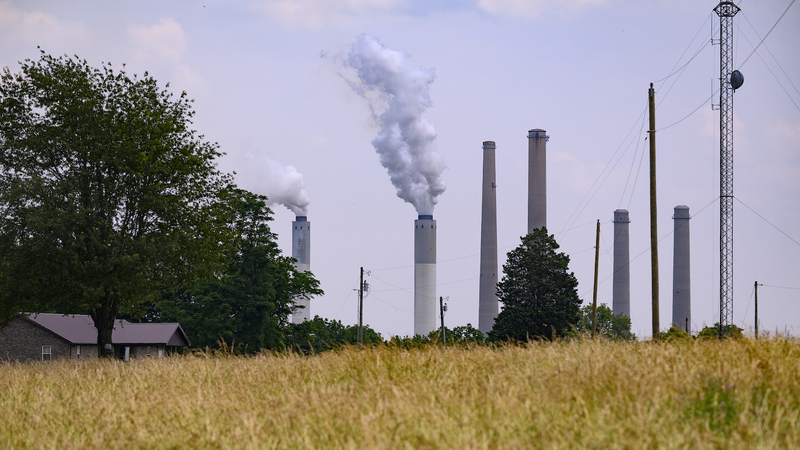Hey space enthusiasts! The James Webb Space Telescope (JWST) has taken us on an interstellar ride, uncovering the strongest hints yet of potential microbial life on the exoplanet K2-18 b. Scientists have detected two special gases, dimethyl sulfide (DMS) and dimethyl disulfide (DMDS), in the planet's atmosphere—chemical markers that on Earth are produced by tiny living organisms like marine phytoplankton. 🌌
Located in the habitable zone of a red dwarf star in the constellation Leo, K2-18 b is a world where conditions could allow liquid water to exist. With a mass 8.6 times that of Earth and a diameter roughly 2.6 times larger, this exoplanet may belong to the family of "hycean worlds," where warm oceans and hydrogen-rich atmospheres create a nurturing environment for life.
Astronomers used the transit method to analyze how starlight filters through the planet's atmosphere, revealing gas concentrations thousands of times higher than on Earth—with a statistical confidence of 99.7%! Although these findings are incredibly exciting, experts urge caution. More observations and research are needed to rule out non-biological explanations.
This discovery sparks our collective curiosity, especially for tech-savvy and socially conscious young minds in South and Southeast Asia, where innovation and a passion for exploring new frontiers are part of everyday life. Imagine scrolling through your feed and knowing that the search for extraterrestrial life is closer than ever! 🚀 Stay tuned as scientists continue to explore this cosmic mystery and inch closer to answering the age-old question: Are we alone in the universe?
Reference(s):
Scientists find strongest evidence yet of life on an alien planet
cgtn.com




